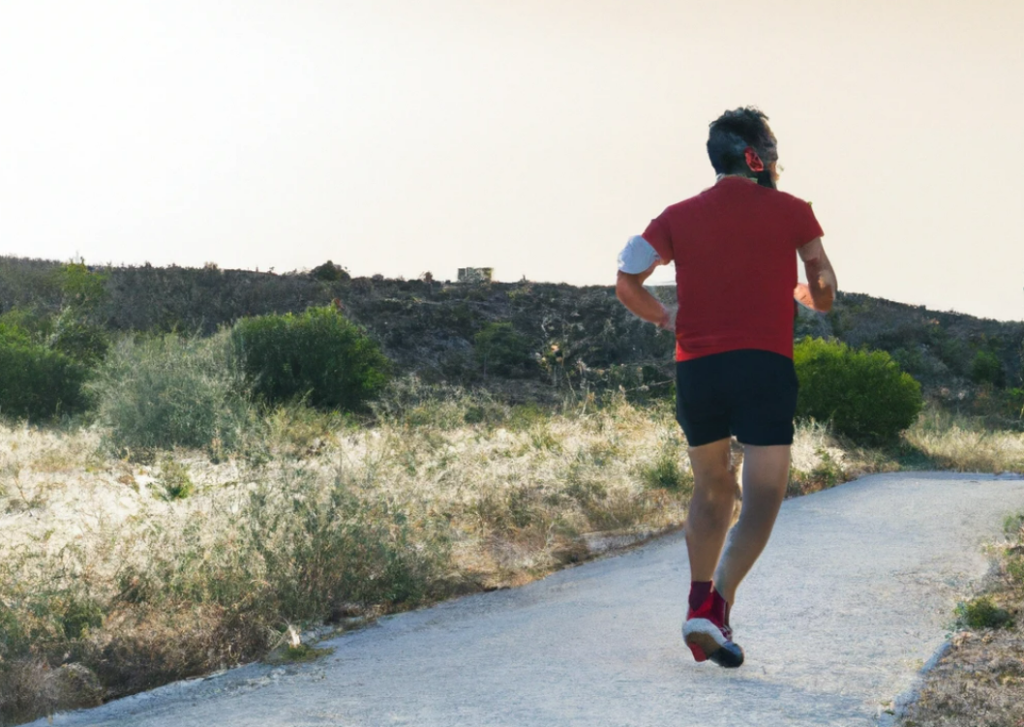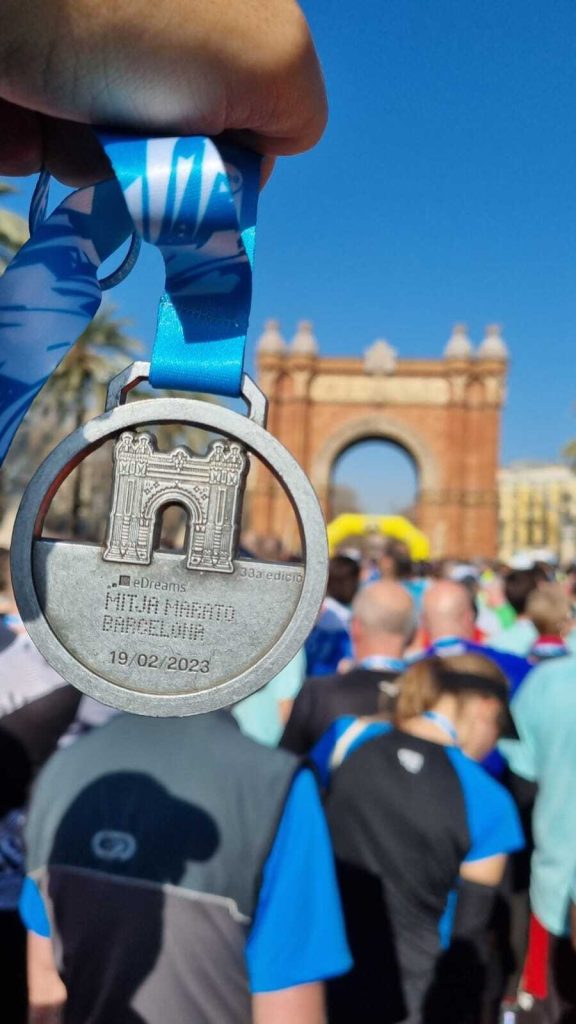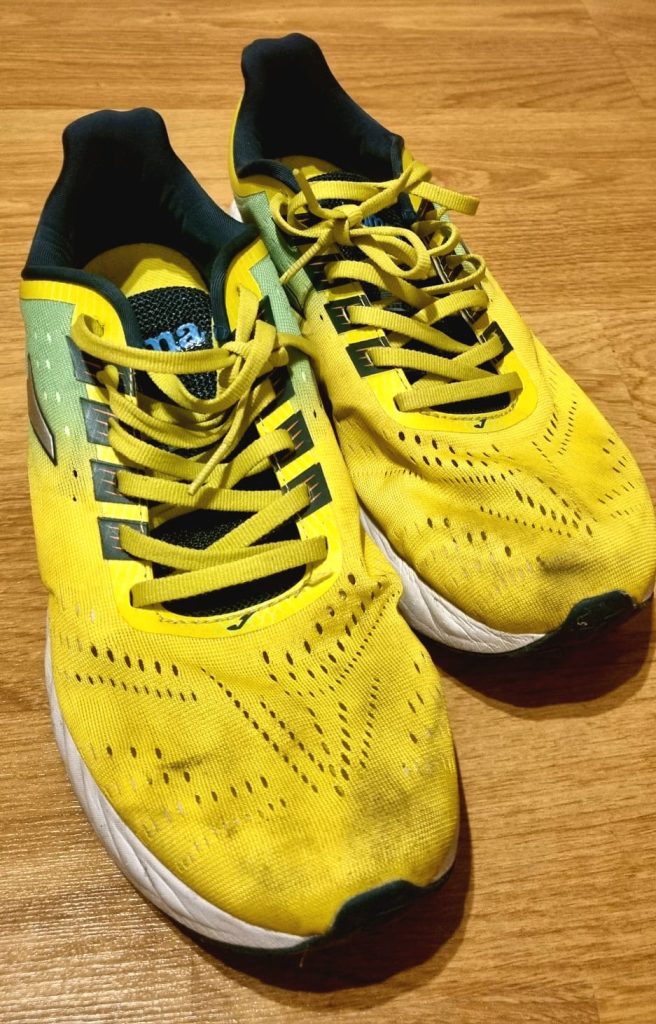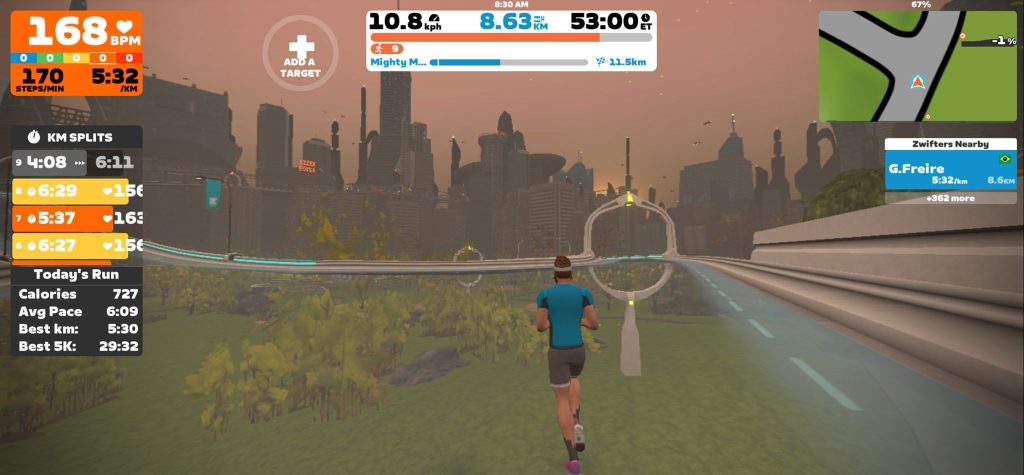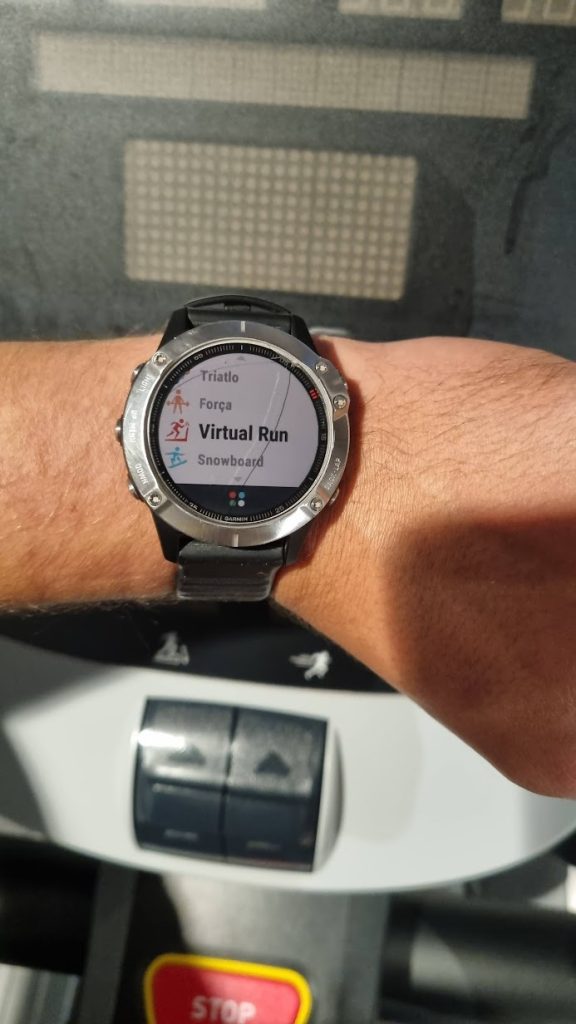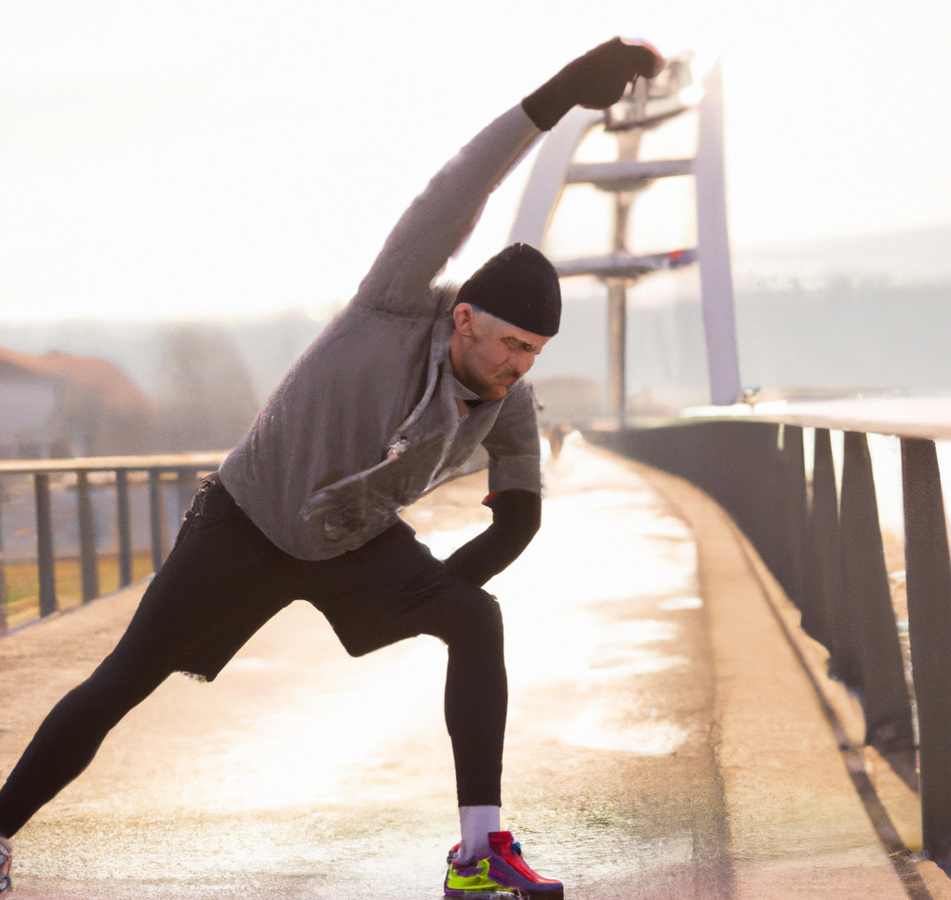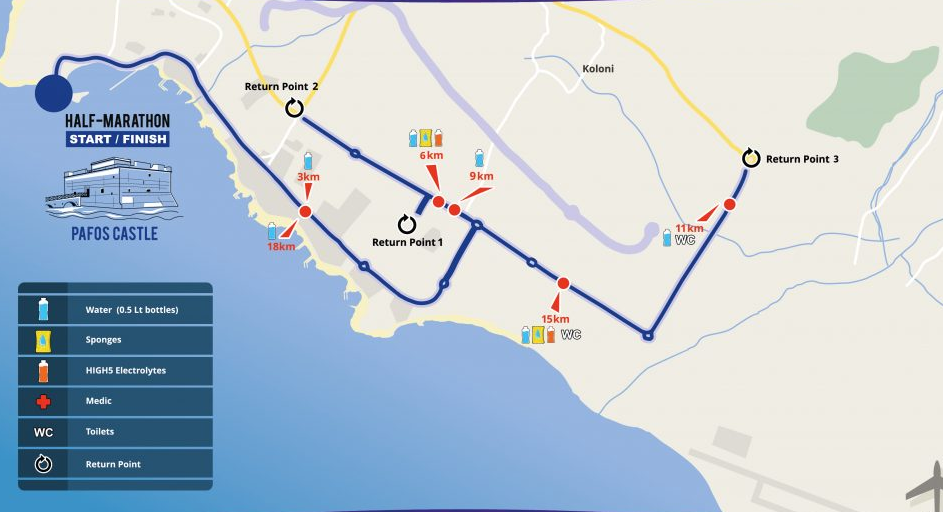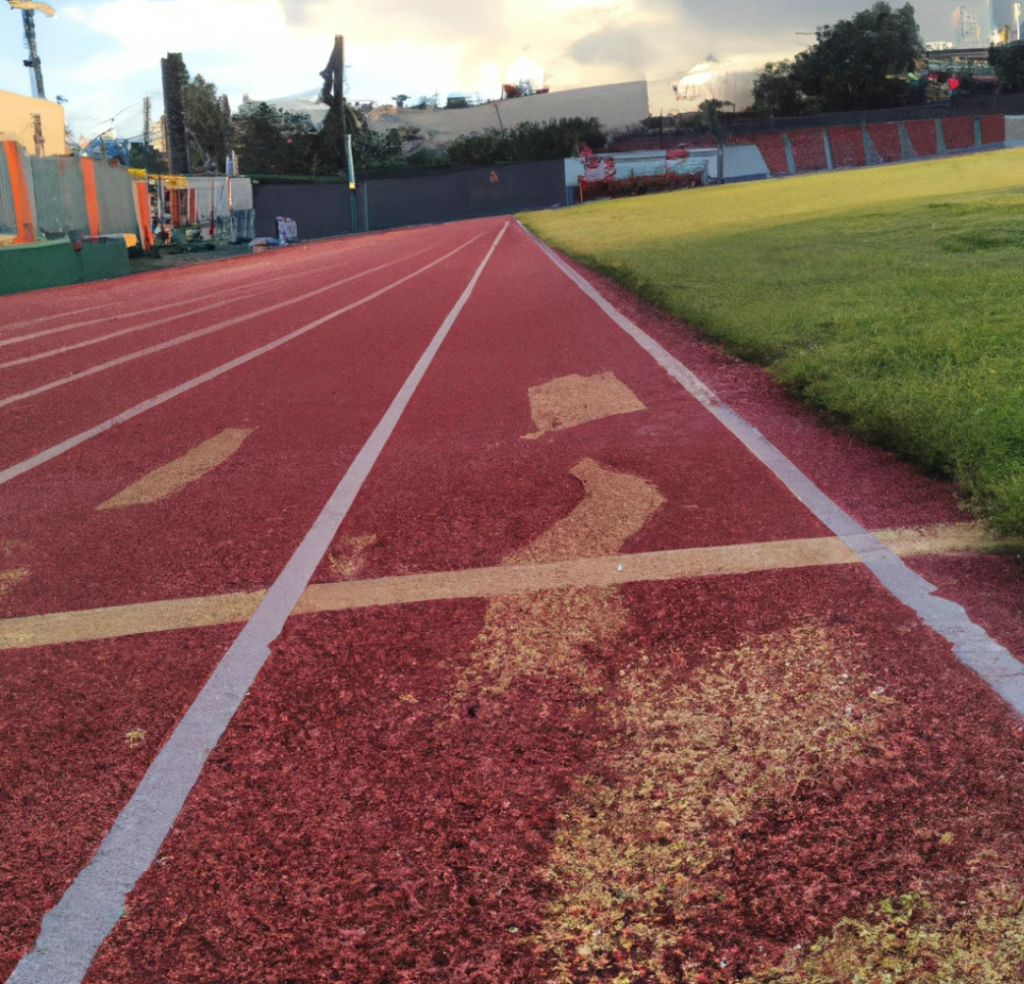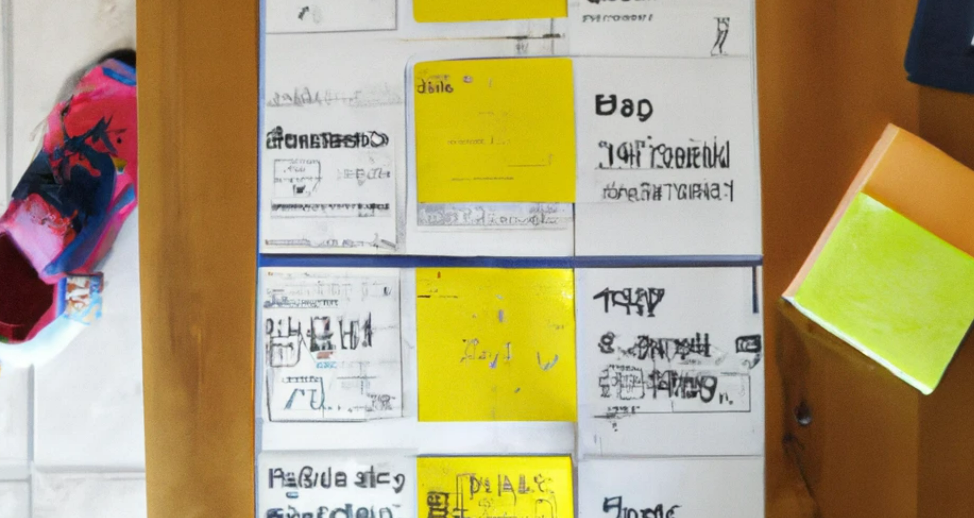Hey there, fellow fitness enthusiast! Are you ready to take your training to the next level? Whether you’re a seasoned runner looking to diversify your workouts or a complete newbie curious about triathlons, you’ve come to the right place. Here at Running with Joe, we’re more than just a running resource; we’re your go-to guide for all things fitness. Imagine the thrill of mastering not just one, but three sports – swimming, cycling, and running – all in one epic race. Intrigued? Well, buckle up, because in this ultimate guide, we’re diving deep into the world of triathlon training with tips and tricks that will help you conquer each leg of the race. Ready to transform your routine and tackle new challenges? Let’s get started!
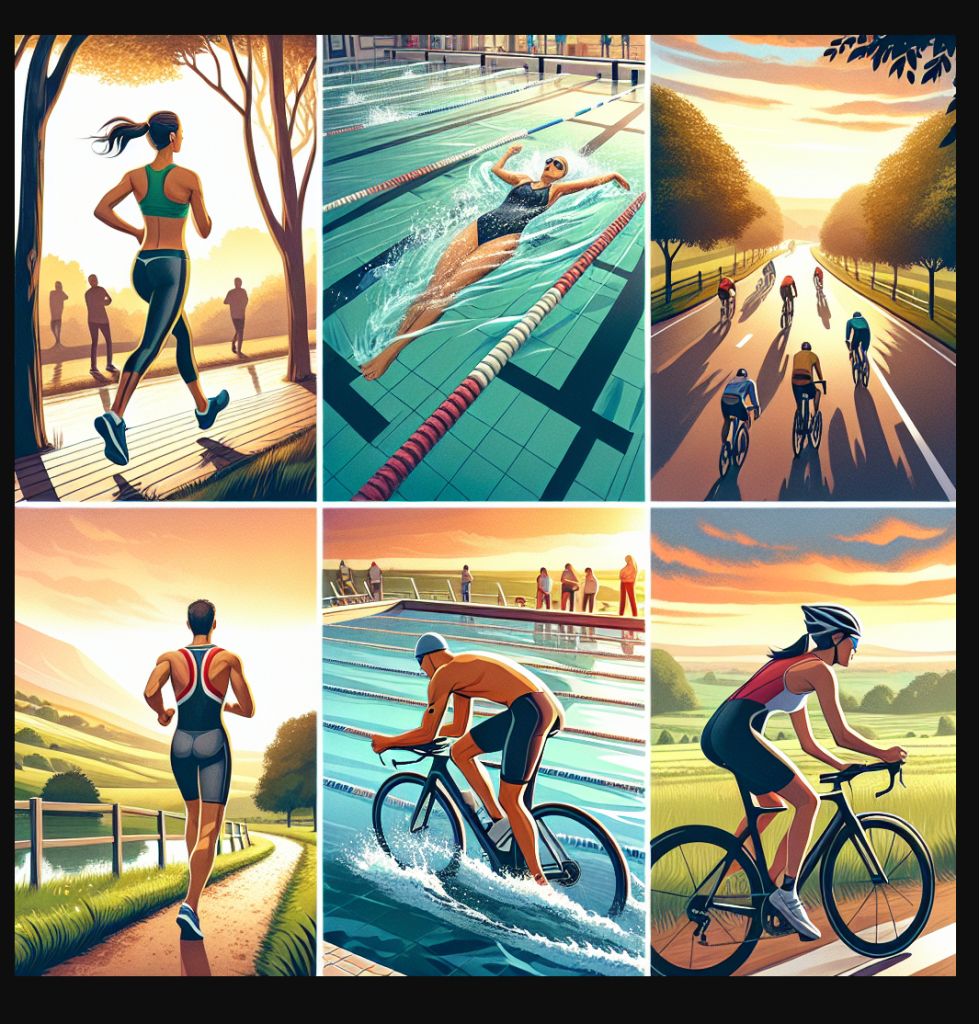
Introduction to Triathlon Training
Welcome to the exciting world of triathlon training! If you’re here, you’re probably someone who loves a good challenge and thrives on pushing your limits. Triathlons are the perfect way to do just that, as they combine swimming, cycling, and running into one adrenaline-pumping event. But where do you start? It’s all about building a comprehensive training plan that balances these three disciplines while keeping you injury-free and motivated.
First things first, let’s talk about injury prevention. When training for a triathlon, it’s crucial to listen to your body and incorporate recovery days into your schedule. Overuse injuries are common, especially if you’re new to one or more of the sports involved. Make sure to stretch, foam roll, and get adequate rest to keep your body in top form. Remember, consistency is key, but so is staying healthy.
Now, onto the fun part – the training itself! Each leg of the triathlon requires a unique set of skills and techniques. For swimming, focus on improving your stroke efficiency and breathing techniques. Consider joining a local swim club or hiring a coach to fine-tune your form. When it comes to cycling, invest in a good quality bike and practice your transitions to make them as smooth as possible. Finally, for running, integrate interval training and long-distance runs to build both speed and endurance. Don’t forget to mix in some strength training and flexibility exercises to round out your program.
Feeling overwhelmed? Don’t be! Break your training down into manageable chunks and set small, achievable goals. Celebrate your progress along the way, and don’t hesitate to reach out to the triathlon community for support and advice. Remember, every athlete was once a beginner, and with dedication and the right approach, you’ll be crossing that finish line before you know it. Ready to dive in? Let’s make this triathlon your next big adventure!
Essential Gear for Triathletes
Alright, let’s talk about gear! If you’re diving into the world of triathlons, having the right equipment can make a world of difference. Trust me, I’ve been there – the right gear can transform your race day experience from a struggle to a triumph. First off, let’s talk about wearable tech. A reliable smartwatch is essential for tracking your performance across all three disciplines. Whether you’re team Garmin or an Apple Watch aficionado, having a device that monitors your heart rate, distance, and even your swimming strokes can give you that competitive edge. If you’re still on the fence, check out our detailed review of the Apple Watch Ultra to see if it fits your needs.
Next up, let’s dive into swimming gear. A high-quality wetsuit is a must, especially if you’re competing in cooler waters. Look for one that offers flexibility and buoyancy without restricting your movement. And don’t forget about your goggles – you need a pair that provides clear vision and a snug fit to keep water out. For more on why swimming is such a fantastic cross-training activity, you might find our article on swimming for runners insightful.
When it comes to cycling, the right bike can make or break your race. Investing in a good road bike that’s tailored to your body measurements is crucial. And let’s not forget about indoor training. Platforms like Zwift can turn your indoor cycling sessions into interactive, engaging workouts. If you’re looking to level up your indoor cycling game, check out our guide on Zwift workouts.
Lastly, running shoes – the foundation of any triathlete’s gear arsenal. Choose a pair that offers comfort, support, and durability. Remember, your feet are your best friends on race day, so treat them well! And while you’re at it, consider getting some quick-dry, moisture-wicking apparel to keep you comfortable across all three stages.
In summary, investing in the right gear can significantly enhance your triathlon experience. From smartwatches and wetsuits to bikes and running shoes, each piece of equipment plays a vital role in your training and race day performance. So gear up, train hard, and get ready to crush your next triathlon!
Swimming Techniques for Triathletes
When it comes to triathlons, mastering swimming techniques can be a game-changer. Unlike running and cycling, which many of us have been doing since we were kids, swimming often feels like venturing into uncharted waters. But don’t worry! With a few key strategies, you can turn the swim leg from a daunting challenge into a confident start to your race. First, focus on your breathing. Proper breathing techniques can dramatically improve your efficiency and reduce fatigue. Try bilateral breathing – breathing on both sides – to balance your stroke and stay aware of your surroundings. If you’re new to this, start by practicing in the pool until it becomes second nature.
Another critical aspect is your body position. Aim to keep your body as horizontal as possible to minimize drag. Think of your body as a seesaw; your head position can affect your entire alignment. Keep your head in a neutral position, looking straight down or slightly ahead. Also, don’t underestimate the power of a strong kick. While it might not propel you as much as your arms, a steady flutter kick helps maintain balance and streamline your body. For a deep dive into why swimming is such a beneficial cross-training activity, check out our detailed guide on why cross-training in the water works wonders.
To make your training even more effective, incorporate drills that target specific aspects of your stroke. Here are a few to get you started:
- Catch-Up Drill: Focus on one arm completing the stroke before the other begins. This helps improve your stroke timing and coordination.
- Fingertip Drag: Drag your fingertips through the water during the recovery phase to ensure high elbows and proper hand entry.
- Kicking Drills: Use a kickboard to isolate and strengthen your kick, ensuring it’s both strong and efficient.
Remember, consistency is key. Regular practice, combined with these techniques, will build your confidence and performance in the water. And who knows? You might even find that swimming becomes your favorite part of the triathlon. Keep pushing your limits and enjoy the journey!
Cycling Strategies for Triathlon
Alright, let’s talk about cycling strategies for triathlon. Whether you’re a seasoned cyclist or just getting started, this leg of the race is all about efficiency and endurance. Picture this: you’re out on the open road, the wind in your face, and the finish line just a few miles away. How do you make sure you’re not only surviving but thriving? Well, it’s all about smart training and a few key strategies.
First things first, let’s focus on your bike setup. A well-fitted bike can make all the difference in the world. Make sure your saddle height is just right, your handlebars are comfortably positioned, and your pedals are suited to your riding style. Also, don’t forget about aerodynamics. Investing in aero bars can help reduce wind resistance and save precious energy. Speaking of energy, fueling is crucial. Have you ever hit the wall mid-ride? It’s no fun, trust me. Keep those energy levels up with a balanced mix of carbohydrates, proteins, and electrolytes. Hydration is equally important, so make sure you have easy access to water or sports drinks throughout your ride.
Now, let’s talk about pacing. It’s tempting to go all out at the start, especially when you’re feeling fresh, but remember, triathlons are a marathon, not a sprint. Maintain a steady pace that you can sustain over the entire course. Incorporate interval training into your routine to build both speed and endurance. For instance, try alternating between high-intensity bursts and moderate recovery periods during your rides. This not only improves your stamina but also prepares you for the varied demands of a triathlon course. And don’t forget about brick workouts – combining cycling with running in a single training session. These are fantastic for getting your legs used to the transition between disciplines, making that shift from bike to run feel a lot smoother on race day.
Lastly, let’s not overlook the mental game. Cycling can be as much a mental challenge as a physical one. Visualization techniques can be incredibly powerful. Picture yourself conquering those hills, maintaining your pace, and crossing the finish line strong. Positive self-talk and setting small, achievable goals throughout your ride can keep you motivated and focused. Remember, every pedal stroke brings you one step closer to that triumphant finish.

